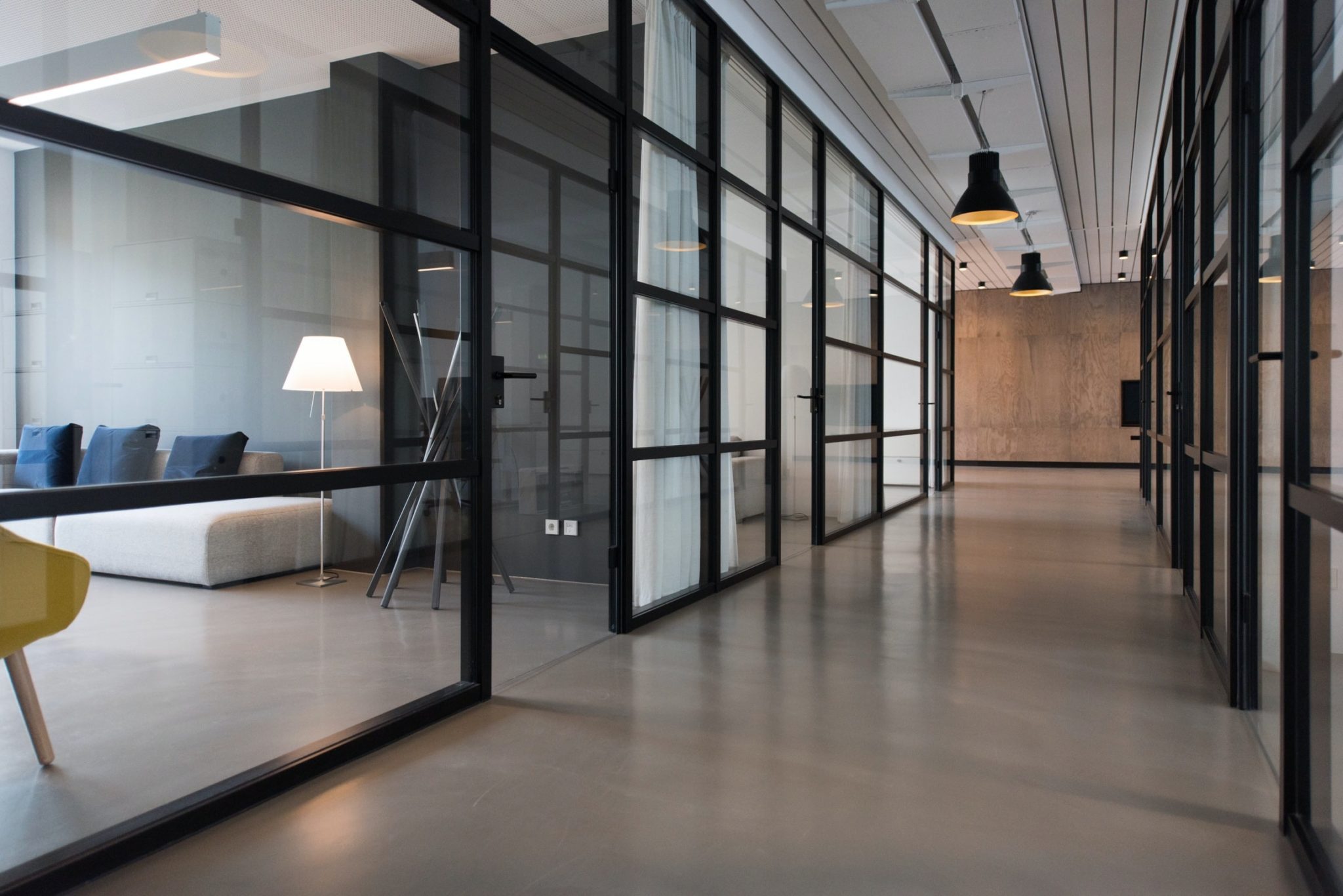Destination: Office
Posted:
8 / 4 / 2021
Tagged:

If the office is to endure, it must become more than just a workplace, it needs to be a destination.
The office must transform into a dynamic, adaptable and inspirational space, impeccably adapted to the needs of the user, brimming with data-driven efficiencies and teeming with collaborative opportunities. The office needs to stand out as the place to be, making working from home the less desirable option, and facilitating productivity like never before.
The changing purpose of office space challenges landlords to evolve their product to match the new needs of the occupier. To understand what’s expected from landlords, we must first articulate occupier demands and, when it comes to outstanding tenant requirements, what’s clear is that the occupier is looking for a people-first approach.
The office, as a multifunctional space, is now an instrumental aspect of day-to-day business, so getting it right is business critical. Employee attendance, wellbeing and cognitive performance are all impacted by the office environment. Therefore, any plans to adapt offices to make them future-forward spaces must be made with people as the primary concern. To achieve the people-first approach, a marriage between HR and Real Estate needs to occur to pursue the decisions about where people will be, what they will want, and (crucially) how to keep them safe as we emerge from a global pandemic.
The concept of choice is central to the way people foresee interacting with the office. But, what does choice look like? Choice means flexibility, and flexibility requires a sturdy digital backbone if it’s going to be effective. When we’re all working together in offices again, half of us will probably be dialing-in virtually, and the other half will be making the most of better WiFi, free coffee and in-person collaboration. So, choice means giving the tenant the option to operate both from home, and the office. To facilitate this, a sound digital infrastructure is required, otherwise, employees no longer have a choice as to where they work, and the business doesn’t have the flexibility to operate in the fast and adaptable manner COVID-19 has necessitated.
What does ‘Destination: Office’ look like in practical terms?
With data forming the digital backbone of the modern office, a decision surrounding data protection must also be drawn. There’s a level of civic data trust between landlord and tenant that must be established for the tenant to feel comfortable in sharing, and generating, that data. The crux of the issue is the nature of the data itself as commercially sensitive data, such as occupancy detection, which reveals the way companies operate, which becomes valuable data to competitors.
That said, there is still a lot of data that doesn’t have such sensitivity, but has the opportunity for a different kind of interaction. Data enables a different relationship with clients as it allows landlords to monitor building performance, to offer better and more user-centric services that allow each individual tenant to engage with the building on a deeper level.
Aside from data, the primacy of design cannot be overlooked when developing a
future-proof, people-centered building. Design plays a huge part in enticing the workforce back to the office. For example, a spacious office atrium has been shown to be a key design factor for its ability to increase social opportunities and working flexibility. Building on from the atrium idea, the ‘playground’ concept has since emerged in real estate. This means developing a space that allows room for interpretation by offering the occupier the flexibility to customise workspaces – to ‘play’ with it, if you will.
Allowing tenants to be dynamic is crucial. Landlords must now look at creating “the shell” of a building, that’s so digitally sound and especially adaptable that tenants will be able to customise their in-office experience. The past year has seen the tenant/landlord relationship shift dramatically: those listening to their tenants, adopting an active approach, and facilitating flexibility will be the ones giving tenants all the more reason to return, and stay.